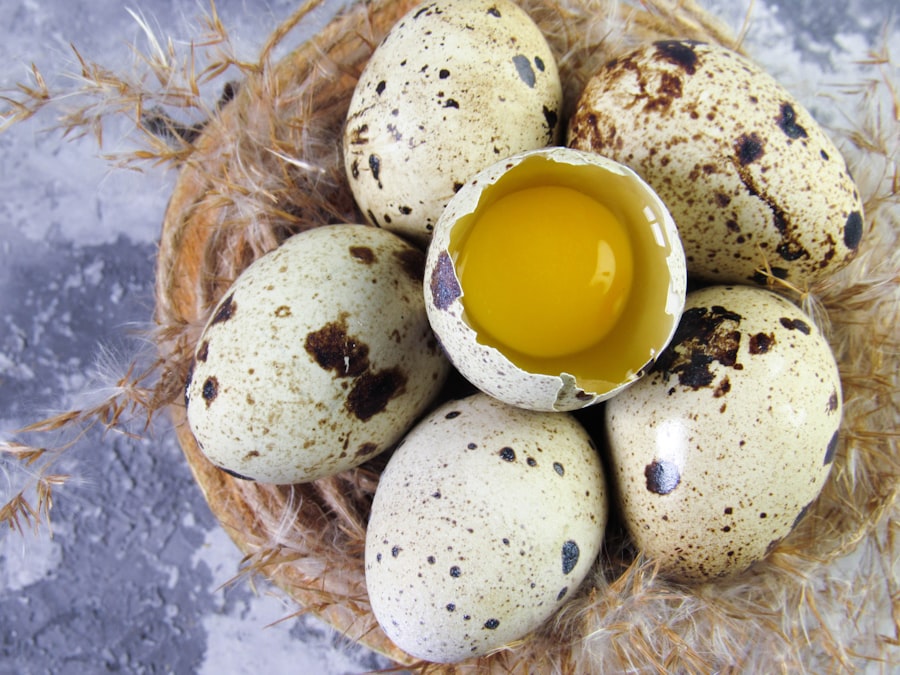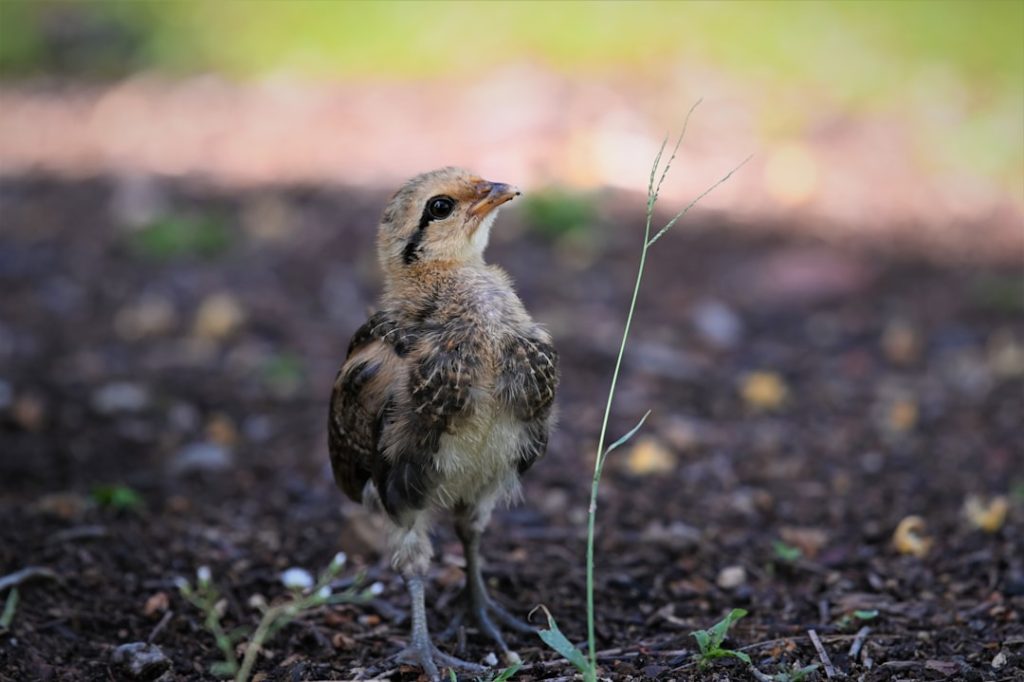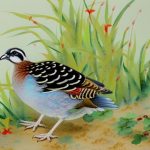Coturnix quail, also known as Japanese quail, are popular birds for breeding due to their small size, fast growth, and high egg production. The breeding season for coturnix quail typically begins in the spring and continues through the summer months. During this time, quail breeders can expect an increase in egg production and mating behavior as the birds prepare to reproduce. Understanding the breeding season of coturnix quail is essential for successful breeding and ensuring the health and well-being of the birds. In this article, we will explore the breeding behavior of coturnix quail, factors affecting their breeding season, tips for successful breeding, managing breeding season in captivity, and health and nutrition considerations during this critical time. By understanding these aspects of coturnix quail breeding, breeders can optimize their breeding programs and ensure the overall welfare of their quail.
Table of Contents
- 1 Understanding the Breeding Behavior of Coturnix Quail
- 2 Factors Affecting Coturnix Quail Breeding Season
- 3 Tips for Successful Breeding of Coturnix Quail
- 4 Managing Coturnix Quail Breeding Season in Captivity
- 5 Health and Nutrition Considerations During Coturnix Quail Breeding Season
- 6 Conclusion and Future Planning for Coturnix Quail Breeding
- 7 FAQs
- 7.1 What is the breeding season for coturnix quail?
- 7.2 How long does the breeding season last for coturnix quail?
- 7.3 What are the signs that coturnix quail are ready to breed?
- 7.4 How can I encourage breeding in my coturnix quail?
- 7.5 How many eggs can a female coturnix quail lay during the breeding season?
- 7.6 What should I do to care for coturnix quail during the breeding season?
Key Takeaways
- Coturnix quail breeding season typically occurs in the spring and summer months.
- Understanding the breeding behavior of coturnix quail is essential for successful breeding.
- Factors affecting coturnix quail breeding season include temperature, lighting, and diet.
- Providing a stress-free environment and proper nutrition are key tips for successful breeding of coturnix quail.
- Managing coturnix quail breeding season in captivity involves monitoring nesting boxes and providing a suitable breeding environment.
Understanding the Breeding Behavior of Coturnix Quail
During the breeding season, coturnix quail exhibit specific behaviors related to mating and reproduction. Male quail will often engage in courtship displays to attract females, including vocalizations, puffing up their feathers, and performing a “bobbing” motion. Once a male has attracted a female, they will engage in a mating ritual that involves the male mounting the female from behind. After mating, the female will begin to lay eggs, typically one egg per day, until she has laid a clutch of eggs. It is important to provide the quail with suitable nesting areas during this time to ensure that the eggs are laid in a safe and comfortable environment. Understanding these breeding behaviors is crucial for breeders to identify when their quail are ready to mate and lay eggs, as well as to monitor the overall health and well-being of their birds.
In addition to mating behaviors, it is important to understand the social dynamics of coturnix quail during the breeding season. Male quail can become territorial and aggressive towards other males as they compete for mates. It is essential to provide enough space and resources for the quail to reduce aggression and ensure that all birds have access to food, water, and nesting areas. Additionally, understanding the social dynamics can help breeders identify any issues with aggression or stress within their quail flock and take appropriate measures to address these concerns.
Factors Affecting Coturnix Quail Breeding Season
Several factors can affect the breeding season of coturnix quail, including environmental conditions, diet, lighting, and overall health. The length of daylight has a significant impact on the breeding behavior of quail, as they are known to be stimulated to breed by increasing daylight hours. Breeders can manipulate the lighting conditions in their quail housing to simulate longer days and encourage breeding behavior. Additionally, providing a balanced diet rich in protein and essential nutrients is crucial for supporting the reproductive health of coturnix quail. A lack of proper nutrition can lead to decreased egg production and fertility, as well as overall health issues for the birds.
Environmental conditions such as temperature and humidity can also impact the breeding season of coturnix quail. Extreme temperatures or fluctuations in temperature can stress the birds and affect their reproductive capabilities. It is important to provide a stable and comfortable environment for the quail during the breeding season to ensure optimal breeding success. Lastly, the overall health of the quail plays a significant role in their ability to breed successfully. Monitoring for signs of illness or disease and providing regular health checks can help identify any issues that may impact the breeding season.
Tips for Successful Breeding of Coturnix Quail
To ensure successful breeding of coturnix quail, there are several tips that breeders can follow to optimize their breeding programs. Providing a suitable nesting area is crucial for encouraging egg laying and ensuring that the eggs are laid in a safe and comfortable environment. Nesting boxes or areas should be provided with suitable bedding material to mimic the natural nesting conditions of quail. Additionally, providing a balanced diet rich in protein and essential nutrients is essential for supporting the reproductive health of coturnix quail. A diet high in protein can help stimulate egg production and support the overall health of the birds during the breeding season.
Monitoring the behavior and health of the quail is also important for successful breeding. Breeders should observe their quail regularly for signs of mating behavior, egg laying, and any potential issues such as aggression or stress within the flock. Providing enough space and resources for the quail can help reduce aggression and ensure that all birds have access to food, water, and nesting areas. Lastly, maintaining a stable environment with suitable lighting conditions and comfortable temperatures can help encourage breeding behavior and support the overall reproductive health of coturnix quail.
Managing Coturnix Quail Breeding Season in Captivity
Managing the breeding season of coturnix quail in captivity requires careful attention to their housing, diet, lighting, and overall welfare. Providing suitable housing with enough space for the quail is crucial for reducing stress and aggression during the breeding season. Nesting areas should be provided with suitable bedding material to encourage egg laying and ensure that the eggs are laid in a safe and comfortable environment. Additionally, maintaining a stable environment with suitable lighting conditions can help stimulate breeding behavior in coturnix quail.
Diet plays a significant role in managing the breeding season of coturnix quail in captivity. Providing a balanced diet rich in protein and essential nutrients is crucial for supporting the reproductive health of the birds. Breeders should ensure that their quail have access to high-quality feed that meets their nutritional needs during the breeding season. Monitoring the overall health and behavior of the quail is also important for managing their breeding season in captivity. Regular health checks can help identify any issues that may impact breeding success, while observing the behavior of the quail can provide valuable insights into their mating behavior and overall welfare.
Health and Nutrition Considerations During Coturnix Quail Breeding Season

During the breeding season, it is essential to pay close attention to the health and nutrition of coturnix quail to ensure successful breeding and overall welfare. Providing a balanced diet rich in protein and essential nutrients is crucial for supporting the reproductive health of coturnix quail. A diet high in protein can help stimulate egg production and support the overall health of the birds during this critical time. Breeders should ensure that their quail have access to high-quality feed that meets their nutritional needs during the breeding season.
In addition to diet, monitoring the overall health of coturnix quail is important during the breeding season. Regular health checks can help identify any issues that may impact breeding success, such as illness or disease. It is essential to provide a clean and comfortable environment for the quail to reduce stress and minimize the risk of illness. Additionally, providing access to fresh water at all times is crucial for supporting the overall health and well-being of coturnix quail during the breeding season.
Conclusion and Future Planning for Coturnix Quail Breeding
In conclusion, understanding the breeding behavior of coturnix quail, factors affecting their breeding season, tips for successful breeding, managing breeding season in captivity, and health and nutrition considerations are essential for successful coturnix quail breeding programs. By paying close attention to these aspects of coturnix quail breeding, breeders can optimize their programs and ensure the overall welfare of their birds during this critical time. Future planning for coturnix quail breeding should involve careful consideration of housing, diet, lighting, environmental conditions, and overall health management to support successful breeding programs. By following these guidelines and best practices, breeders can maximize their success in breeding coturnix quail while ensuring the health and well-being of their birds.
As the coturnix quail breeding season approaches, it’s essential to understand the incubation period for their eggs. If you’re curious about the hatching process, you might find this article on how long it takes for chicken eggs to hatch naturally quite informative. Additionally, ensuring a suitable environment for your quails is crucial, and you may want to consider exploring resources on building a functional coop, such as the A-frame chicken coop or the 10 tips for a successful chicken coop. These articles can provide valuable insights into creating a conducive space for your quails during the breeding season.
FAQs
What is the breeding season for coturnix quail?
The breeding season for coturnix quail typically occurs in the spring and summer months, when the days are longer and the temperatures are warmer.
How long does the breeding season last for coturnix quail?
The breeding season for coturnix quail can last for several months, typically from late spring to early fall.
What are the signs that coturnix quail are ready to breed?
Signs that coturnix quail are ready to breed include increased vocalization, courtship behavior, and the formation of mating pairs.
How can I encourage breeding in my coturnix quail?
To encourage breeding in coturnix quail, provide a suitable breeding environment with plenty of space, nesting materials, and a balanced diet. Additionally, ensure that the quail are not stressed and have access to natural light.
How many eggs can a female coturnix quail lay during the breeding season?
A female coturnix quail can lay between 200-300 eggs during the breeding season, with each egg being laid approximately every 1-2 days.
What should I do to care for coturnix quail during the breeding season?
During the breeding season, it is important to provide coturnix quail with a clean and comfortable nesting area, a balanced diet high in protein, and access to fresh water. Additionally, monitor the quail for any signs of illness or stress.
Meet Walter, the feathered-friend fanatic of Florida! Nestled in the sunshine state, Walter struts through life with his feathered companions, clucking his way to happiness. With a coop that’s fancier than a five-star hotel, he’s the Don Juan of the chicken world. When he’s not teaching his hens to do the cha-cha, you’ll find him in a heated debate with his prized rooster, Sir Clucks-a-Lot. Walter’s poultry passion is no yolk; he’s the sunny-side-up guy you never knew you needed in your flock of friends!







